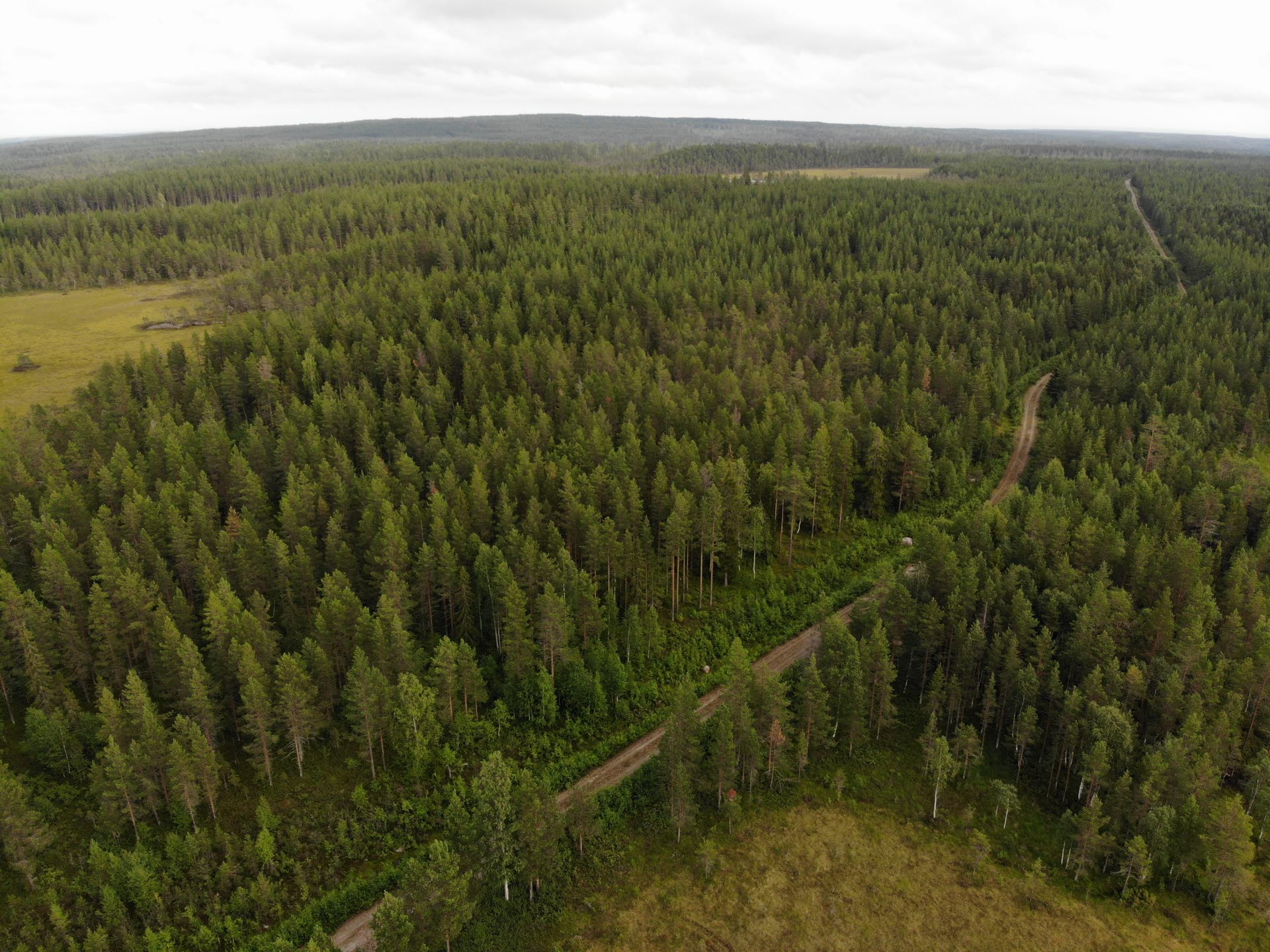Most risks could have a positive or negative impact on the company. Examples include “Demand and market price for SCA’s products” and “Raw material prices”. The current geopolitical situation and the energy situation in Europe affect several different risks and contribute to greater uncertainty when assessing risks than normal. We included this when assessing relevant risks.
Process for risk management
SCA’s Board determines the Group’s strategic direction after recommendations from Executive Management. Responsibility for the long-term, overall management of risks corresponds with the company’s decision and delegation scheme. This implies that most of SCA’s operational risks are managed by SCA’s business areas at the local level, but that the handling is coordinated when deemed necessary and effective.
The tools for this work primarily comprise continuous reporting by the business areas and the annual review of the risk scenario, where identifying, evaluating and managing risks are a part of the process. Identified risks are classified according to the likelihood of the risk occurring and the assessed impact on SCA’s performance. Approved control measures are followed up and assessed within the framework of the company’s internal control.
SCA’s financial risk management is centralized, as is the corporate internal bank for handling the Group companies’ financial transactions and management of the Group’s energy risks. The financial risks are managed in accordance with the Group’s Financial Policy, which is set by SCA’s Board. Together with the company’s Instructions for energy trading, this provides a framework for management activities.
SCA’s corporate Internal Audit function ensures that SCA complies with policies and other governing documents, and that the organization implements approved measures to manage identified risks. The Internal Audit function reports to the Board of Directors through its Audit Committee.



